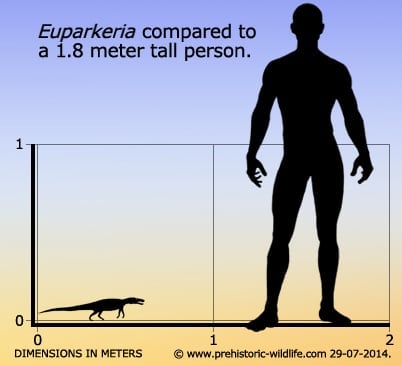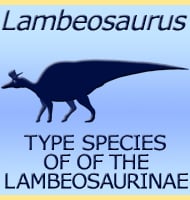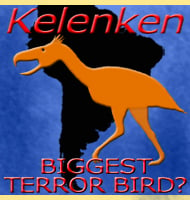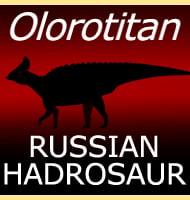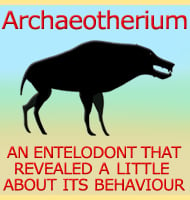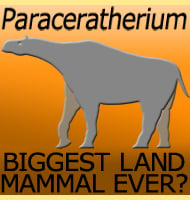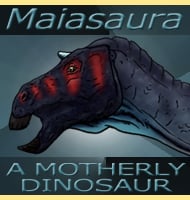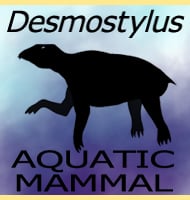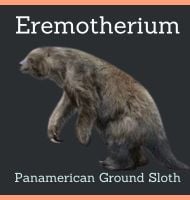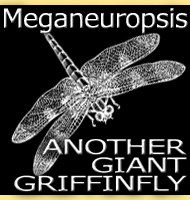In Depth
Often misidentified as an early dinosaur, Euparkeria is still sometimes hailed as the ancestor to dinosaurs. However this is a slight misnomer because while Euparkeria represents the form that the dinosaurs probably evolved from, there is no evidence to suggest that Euparkeria itself was ‘the’ ancestor.
Euparkeria itself is placed within the Archosauromorpha, the group of reptiles that would lead to dinosaurs as well as todays crocodiles (and birds when you consider that they are descended from dinosaurs). Euparkeria is also classed as a thecodont since its teeth are set into sockets and also get replaced over the course of its lifetime.
One of the key features of Euparkeria are the hind legs which are considerably longer than the front legs, which has led to most artistic reconstructions showing Euparkeria to be a bipedal hunter. However the ankle joints of the rear legs are quite weak and not adapted to work in constant bipedal movement. It is more likely that Euparkeria spent most of its time walking in a quadrupedal posture, supporting the upper body to reduce the strain on the rear ankles. Conversely however, short burst of bipedal running were potentially possible for the purpose of chasing prey or predator evasion. The longer rear legs may have also helped Euparkeria to scramble over objects and briefly reach up for prey items that would have been out of the reach of shorter legged hunters.
Euparkeria seems to have had an appearance similar to crocodiles, although its armoured scales seem to have been much lighter. This is probably because not only was Euparkeria likely faster than other larger predators, it’s small size meant that it could operate in undergrowth that was too dense for more dangerous hunters. As such only similarly sized hunters, or perhaps even members of the same genus would have been potential threats to Euparkeria, so the armour only had to develop strong enough to cope with these threats.
The scleral rings of Euparkeria are of particular interest because they show nocturnal adaptation. While the potential for Euparkeria being a specialist night hunter is interesting in itself this may not be the actual or at least only reason for a nocturnal adaptation. Back in the Triassic South Africa (where Euparkeria is known from) was much further south than it is today, which means that the overall light level would have been reduced with extended periods of darkness. This is why a nocturnal adaptation may have been necessary just for everyday life.
Further Reading
– The Anatomy of the Thecodont Reptile Euparkeria capensis Broom. – Philosophical Transactions of the Royal Society of London, Series B 248:379-435 – R. F. Ewer – 1965. – Nocturnality in Dinosaurs Inferred from Scleral Ring and Orbit Morphology – Science 332. – L. Schmitz & R. Motani – 2011. – Euparkeriidae. – Geological Society, London, Special Publications. 379: 35–48. – R. B. Sookias & R. J. Butler – 2013.
